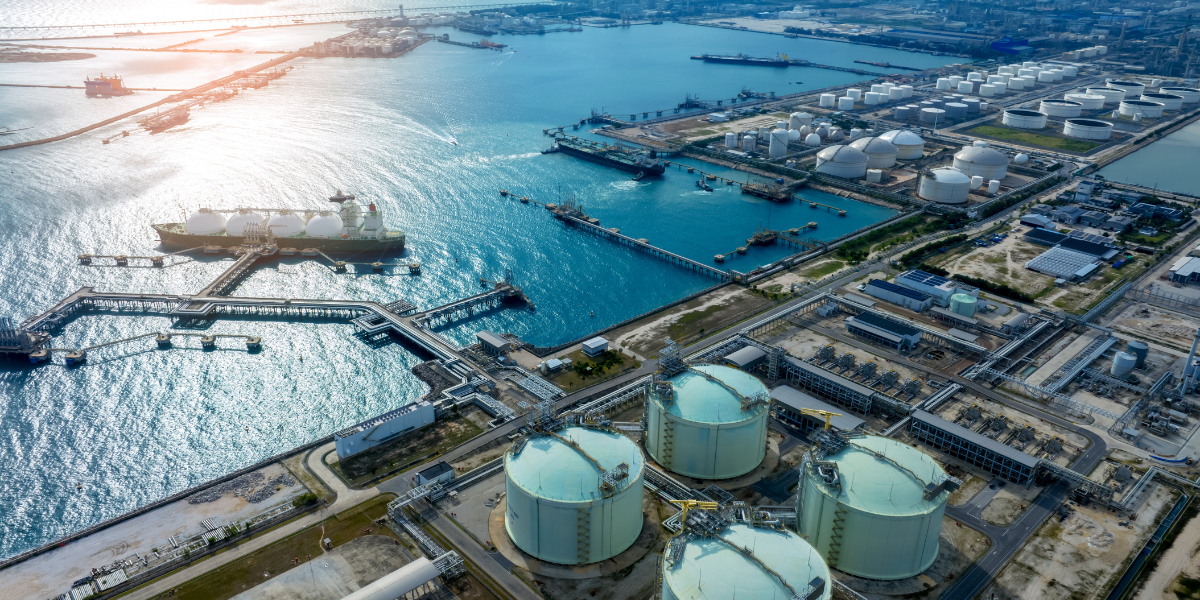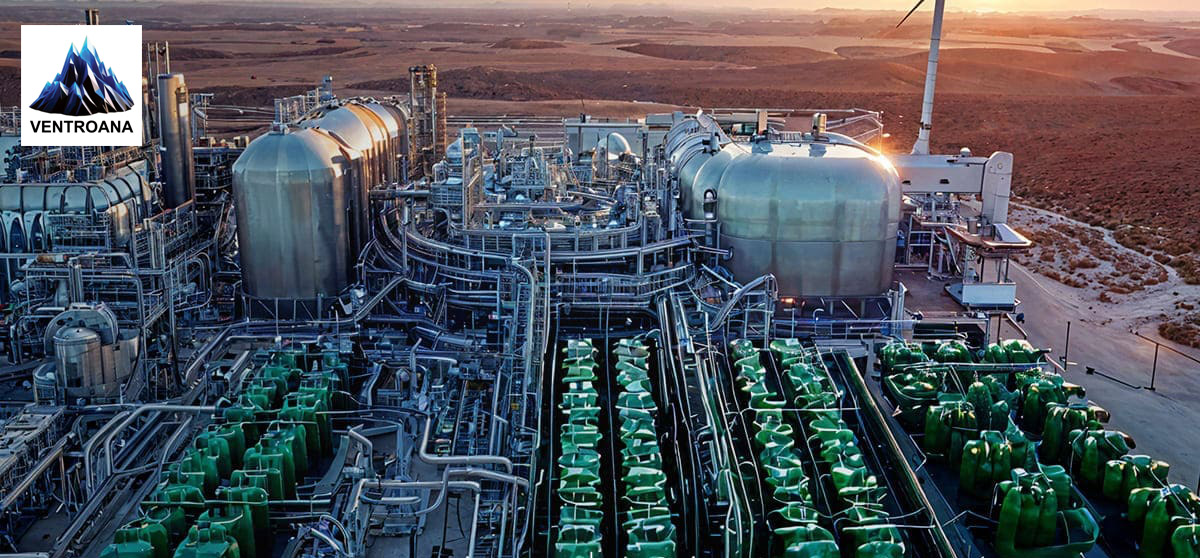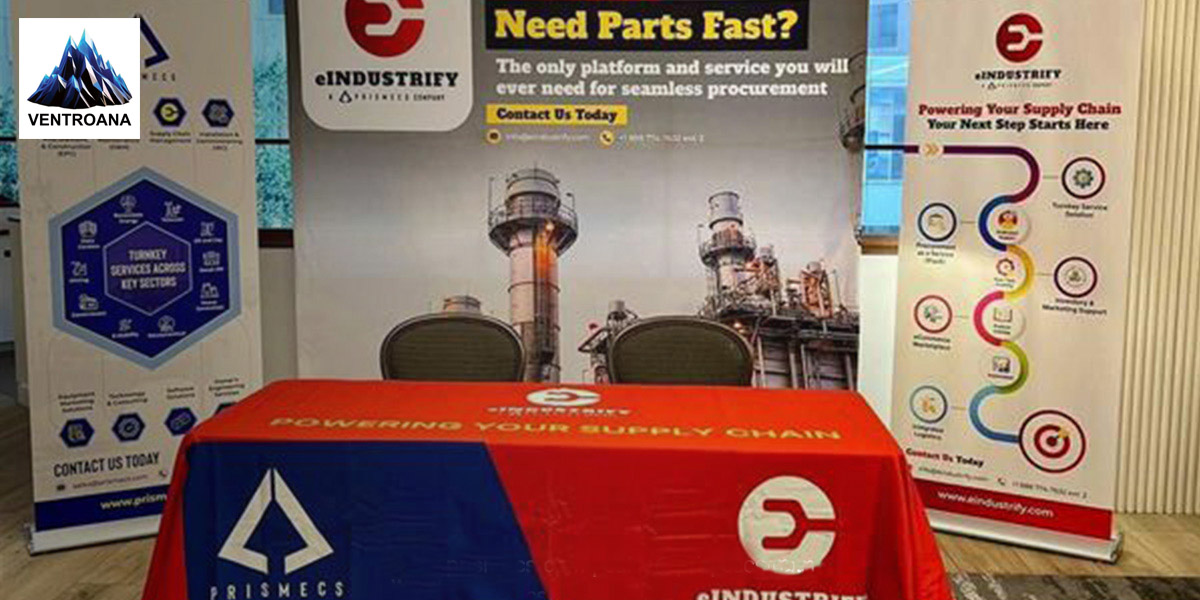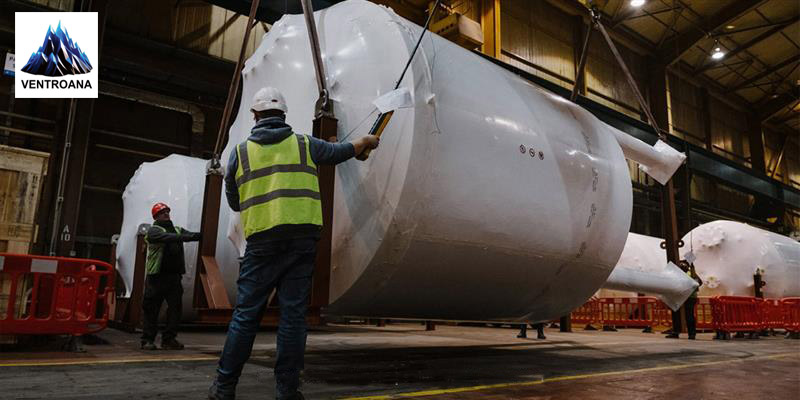Procurement
February 11, 2024

The contexts in which oil and gas procurement operates are dynamic and complicated. There are always obstacles to be overcome, particularly in terms of supply and demand. It is now necessary to assess the supply chain and procurement plans, sourcing methods, and costs in light of the current historically low oil prices and supply chain interruptions caused by the COVID-19 virus.
Significant disruptions to the reliable supply of oil & gas equipment and parts include:
It can result from major pandemics like COVID-19. The COVID-19 epidemic should remind C-level executives to create new business plans for their upcoming supply chain architectures.
With the downward spiral of oil prices and COVID-19, we can expect procurement and supply chain strategies to be at the forefront of crucial concerns. They directly affect oil and gas firms. Oil and gas firms should take the initiative to build a resilient supply chain. They should also have sufficient supply chain risk intelligence.
We can refer to the entire purchasing process of a business as "procurement." Procurement management involves:
As procurement impacts many corporate processes, so we must master the following:
Due to this, experts in procurement are in great demand. Many businesses even have a whole procurement department under the direction of a chief procurement officer.
Direct, indirect, and service procurement are the three basic categories of oil and gas procurement activity.
Direct procurement refers to the direct acquisition of the following:
They directly support the company's final product. Procurement officers and hired vendors are the main participants in direct procurement processes.
You can purchase office supplies through indirect procurement. These products support the company's day-to-day operations. Still, they have no direct impact on the final product or financial results.
Small businesses may delegate indirect procurement tasks to office managers. In contrast, major organizations may hire a facilities management firm to handle those purchases.
Procuring services can include the following:
Supplier risk intelligence is gathering and analyzing supplier risks to comprehend current and future risks, It also supports the execution of current and future sourcing and market sector strategies. It gives a company the ability to more accurately predict changes in the external marketplace and act before competitors.
One strategy for reducing supply chain risks is supply chain mapping, mainly if there is a concentration of souring from one location or country. The company needs to know; which components or parts come from or pass through suppliers, including their local, national, and international sites and subcontractors. This process is essential to supply chain mapping.
Any industry needs supplier risk knowledge for Oil and gas procurement. Still, the agile oil and gas procurement sector needs it. The supply of complicated services and essential equipment is strongly reliant on suppliers in the oil and gas sector to sustain ongoing projects and operations.
The oil and gas businesses frequently face supplier risks because the contract and supplier relationship management is subpar. Businesses should implement a supplier benchmarking method to enhance supplier relationship management.
Oil and gas firms must evaluate the dependability and performance of numerous contractors across a range of spending categories and pursue continual communication. They ensure that suppliers adhere to their safety, training, equipment, and personnel standards. Some oil and gas businesses have ineffective systems for managing contracts, like non-compliance with agreements with reputable suppliers.
The appropriate decisions about which markets to purchase from, how to calculate the right price, and which benchmarks and targets will provide them with a competitive edge may all be made with supply chain market information. Oil and gas firms may overcome critical supply chain difficulties, including limited capacity, ageing infrastructure, and unstable markets, with the support of effective supply chain risk intelligence.
Supplier risk intelligence is a process that involves gathering and analyzing supplier risks to better understand the following aspects:
The indicators of compromise/national occupational categories can modify and put into practice some of the following practical methods to enhance and deploy best-in-class supply chain risk mitigation practices:
To do this, it is essential to determine the costs and sourcing choices for each category along the Oil and gas procurement & supply chain and the appropriate interventions (e.g., seeking a new supplier, changing specifications, and altering contract terms).
The target for a supply chain paradigm shift might entail finding new suppliers.
Additionally, carry your plan out through execution and into operations.
Not just within specific projects or commodities or when separating capital from operating expenditures.
Choose pertinent suppliers, concentrate on sustainability and alignment (i.e., dynamic relationships), and ensure that suppliers know the company's ownership and accountability.
These rare skills are in high demand right now. In the coming years, developing the right talent in this area will be just as crucial as it will be in the most crucial technological and operational ones.
The future of supply chain strategy is already being rethought, but COVID-19 has hastened the demand for a decentralized global supply chain. The best option for oil and gas firms to cut expenses in this period of low oil prices and concentrate on production and exploration is to improve supply chain resilience and cooperative supplier relationship management.
One strategy for reducing supply chain risks is supply chain mapping, mainly if there is a concentration of souring from one location or country. Knowing where components or parts originate or travel through each supplier's global, regional, and local facilities, as well as
Subcontractors are essential for supply chain mapping when disruptions occur; businesses ahead in supply chain mapping gain because they can immediately determine how it may impact their supply chain in the near to mid-term.
Companies can immediately implement avoidance and mitigation strategies when they know where the disruption will originate and which products will be affected. For example, they can shape demand by providing discounts on alternatives, buying up inventory, reserving capacity at alternative locations, managing inventory allocations, and other actions.
When disruptions occur, companies ahead in the Oil and gas procurement & supply chain get profit. They can immediately determine how they impact their supply chain in the near to midterm.
Companies have more time to implement avoidance and mitigation strategies, such as alternative sourcing, strategic inventory allocation, and debottlenecking the critical supply chain when they know where the disruption will originate and which will impact equipment or parts.
Ventro Analytics is a comprehensive response to the problems associated with oil and gas procurement acquisition. Why are you still waiting for it when we can assist you around the clock and prevent you from going elsewhere? . Also, write us your queries at sales@ventroana.com
Tags: Natural Oil Trade Procurement Oil And Gas Procurement Oil Procurement Oil Procurement Oil Trade Procurement Crude Oil Procurement Oil And Gas Procurement Oil Trade Procurement Crude Oil Procurement Procurement Of Crude Oil Procurement Of Crude Oil Natural Gas Procurement Base Oil Procurement Procurement Industry

Successful Implementation of Green Hydrogen in Power Plants
Discover how green hydrogen revolutionizes power plants with sustainable energy solutions, reducing ...

Driving Innovation and Resilience: Insights from the 10th Annual Energy Supply C...
Gain insights on driving innovation and resilience at the 10th Energy Supply Chain & Procurement Sum...

Understanding EPC Engineering: Key Concepts Explained
Discover the essentials of EPC Engineering, covering contracts, project phases, and roles of EPC con...